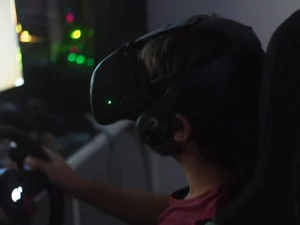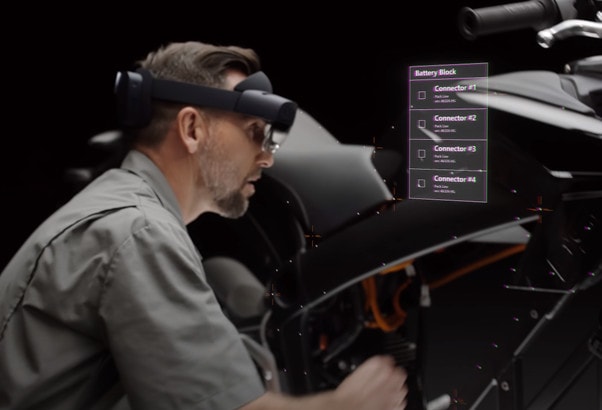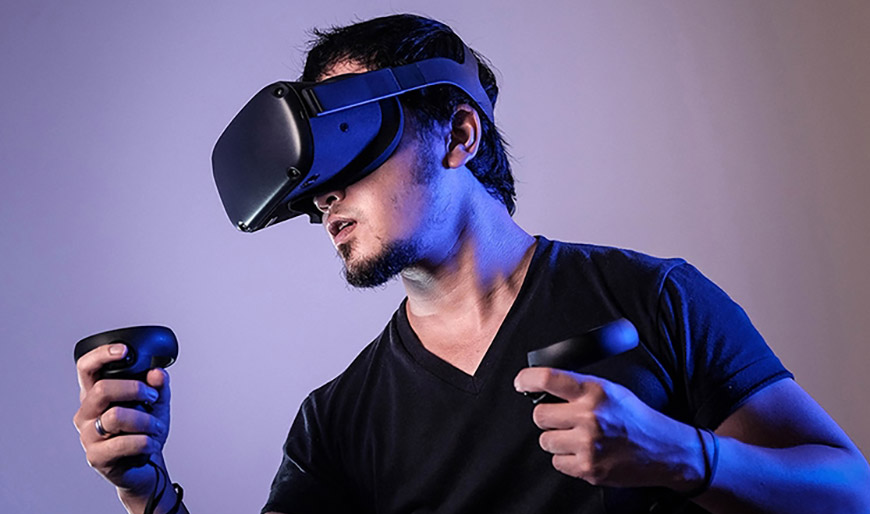JAVIER MARTIN
Computer science
In my last post about AR, I briefly mention some terms that would create more confusion than certainty.
“And the things go over and over because now as we speak of AR glasses, are not those more like VR glasses?
Great, now we should talk about VR, and MR and probably XR too!
But those are topics to talk about another day.”
Now the day has come, and here I am, responding to the call of duty, preserving my holy oath…
Ok, ok, sorry, to the point then.
 Let start with Virtual reality. This term is far from being new to us, it has been with us since 1938, and it was really popularized in the 80 decades. As we have already defined reality in our last post, we should only answer
Let start with Virtual reality. This term is far from being new to us, it has been with us since 1938, and it was really popularized in the 80 decades. As we have already defined reality in our last post, we should only answer
What is Virtual?
Virtual is a particular word that means that something has the capacity or the ability to be, but without coming to be. This being-without-be concept differs, for example, from the Aristotelian metaphysic where something is in Potency and can be in Act by a transformation.
In Aristotelian metaphysic, a seed is in Potency a tree that, through watering and keeps, it would be in Act a tree. A virtual tree is not a seed or a sap but something that looks like a tree, smells like a tree, bends like one…but still, it is not a tree. Something able to deceive our senses so accurately that it deceives us.
Virtual reality is a false reality cheating our perception, so a VR device should have the ability to deceive some of our senses. Today, the most common combination is eyesight & equilibrium using virtual glasses and motion sensors.
But what if we added cameras that show the actual environment inside the glasses? Even adding additional info on it? Yep, AR; that thin is the line between our terms.
But do not underestimate VR on its own; it is one of these things that better try than told. Even if I tell how my father, who has never used a computer, became a top player in a VR game thanks to his actual experience in the Spanish navy. In the end, it is a technology that must be tried to be understood.
And yes, we have talked about the VR revolution for many years, and it seems that never comes … but the reality is that it has already started. Even when its growth is not that big, it has not stopped either. In the last two years, the most popular devices had suffered sold outs. The expansion is slow because the technology is seen as an expensive, unnecessary one, like computers in the 70s, but is also steady due to its convincing power after you try it.

And what about MR? Here the M stands for mixed. The basic idea is that it mixes the actual reality with the virtual one, having the two environments converging in the same scene. By definition is not that far from AR, and we really can open a little debate about it. One divergent point is that MR tends forward transparent screens: It is not a view captured by a camera, but a reality seen through a crystal. The augmented part of our particular AR equation is being projected on this crystal. So, we are kind of mixing realities, not just capturing it and expanding it.
Ok, but this post is already humongous on size, and XR is Still left!
Well, XR is a tricky one because you should understand a bit of all the previous ones and their relationship. But at this point is the easiest one, being XR a generalization of all the previous ones. As you, my wise reader, had probably already realized, the terms can have thin lines between each other, and its implementations even more. So, we can simplify all this mess by referring to XR, where the X stands for cross, something that crosses all our Reality-virtuality continuum.

As conceived by Paul Milgram.








